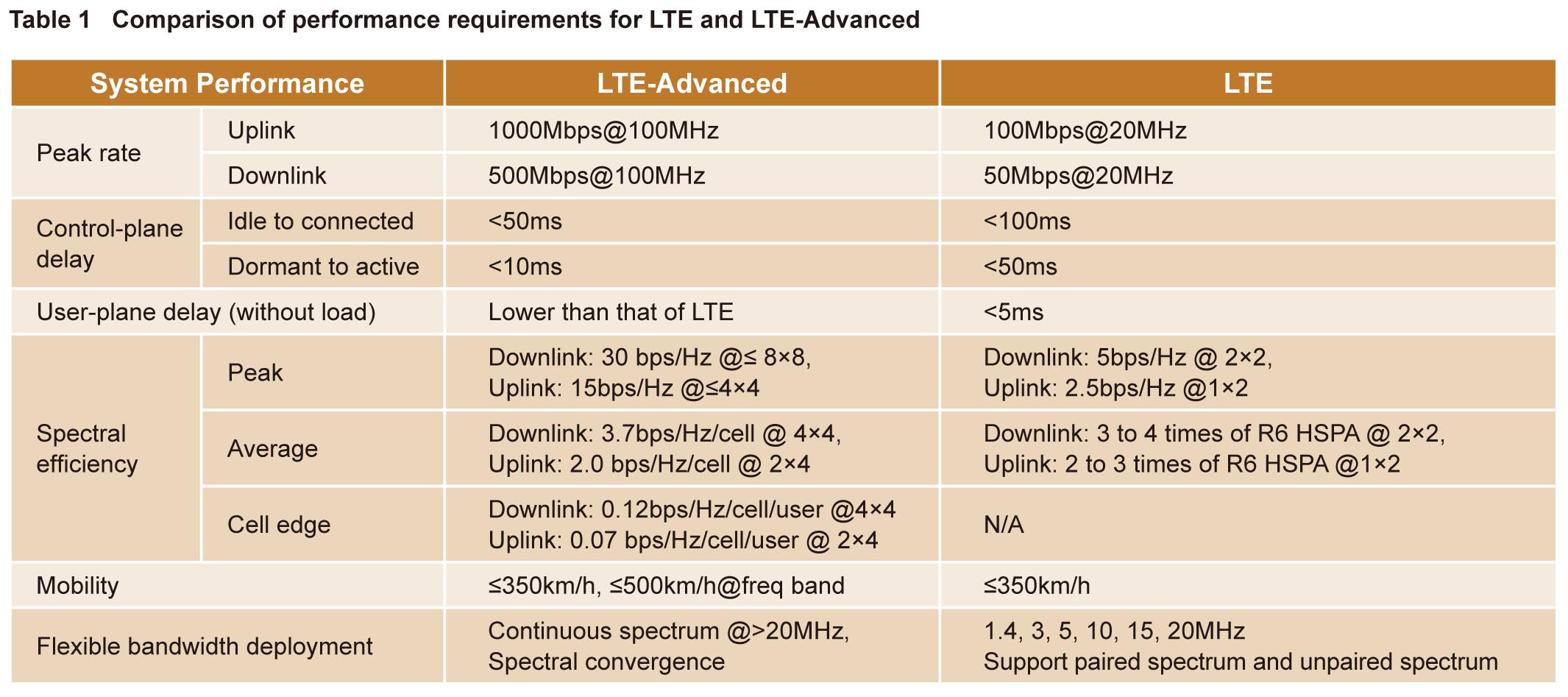LTE Overview
LTE is a standard of mobile communication developed by 3GPP that has the goal of being the next generation of mobile communication. It was submitted as 4G system candidate and approved by the ITU (International Telecommunication Union) as meeting 4G requirements on the release 10, also known as LTE-A.
Different from 2G, using TDMA and FDMA, and 3G, using CDMA, LTE uses OFDMA (Orthogonal Frequency-Division Multiplexing Access) as multiple access technology. On OFDM (Orthogonal Frequency-Division Multiplexing) the signal to be transmitted is decomposed on 'n' signal (it can be done using a serial/parallel converter)
Other advance that LTE systems have is the use of multiple antenna technique. LTE is the first global mobile cellular system to use MIMO (Multiple-Input Multiple-Output) technology. The use of multiple antennas can improve significantly the communication performance through a greater channel capacity.
The table bellow compares to releases of LTE. The LTE-A is the one that meets the 4G criteria.
 Figure: LTE Specifications
Figure: LTE Specifications
 Figure: LTE Specifications
Figure: LTE Specifications